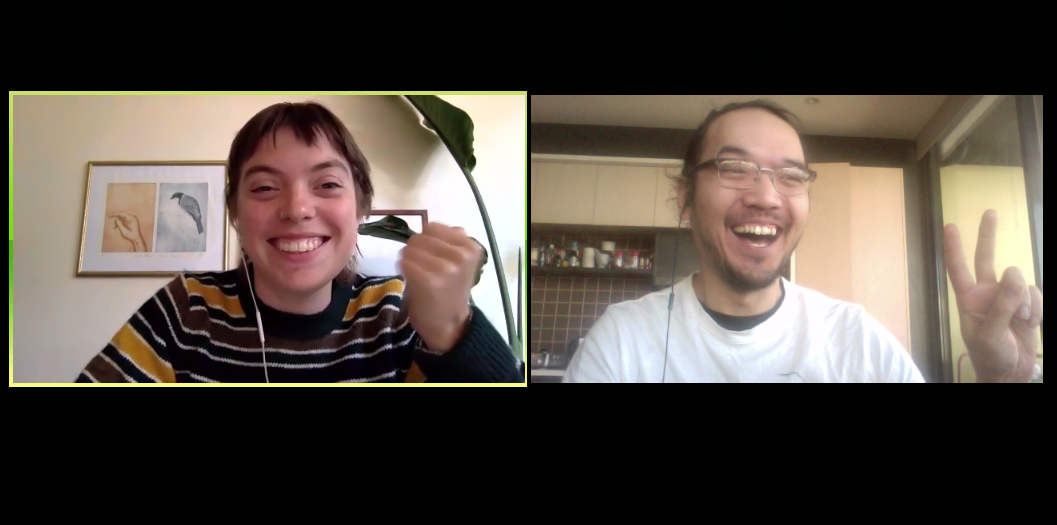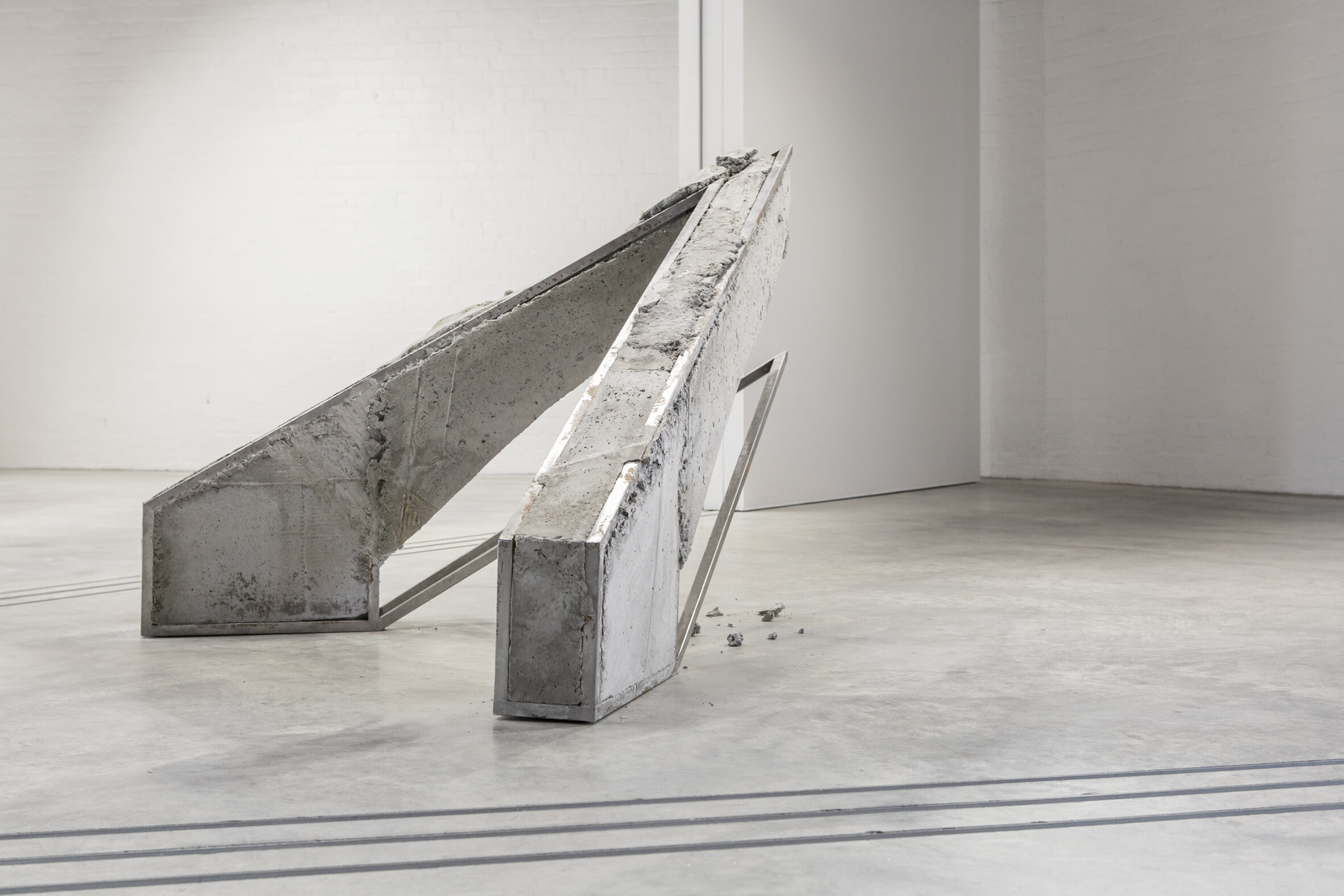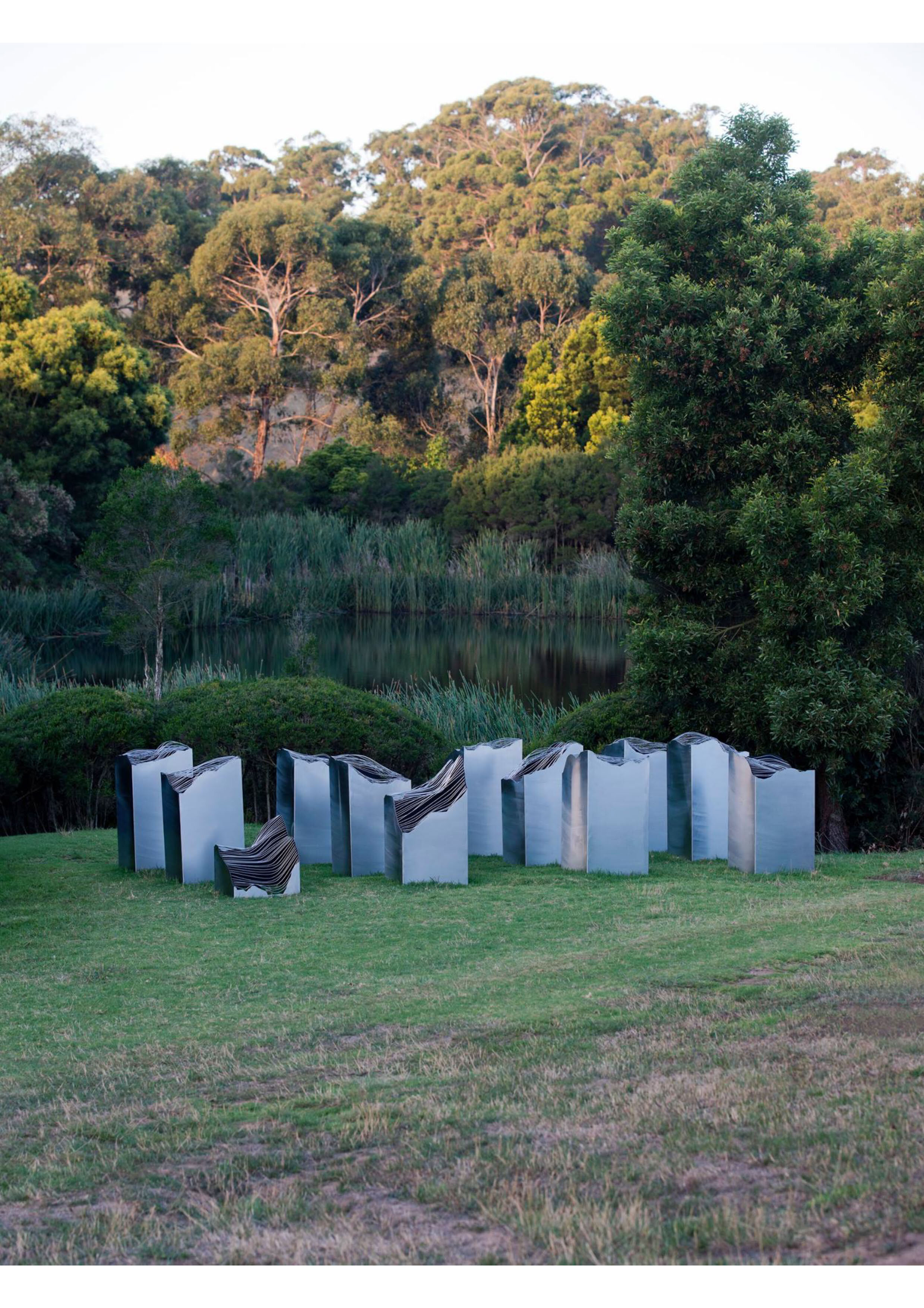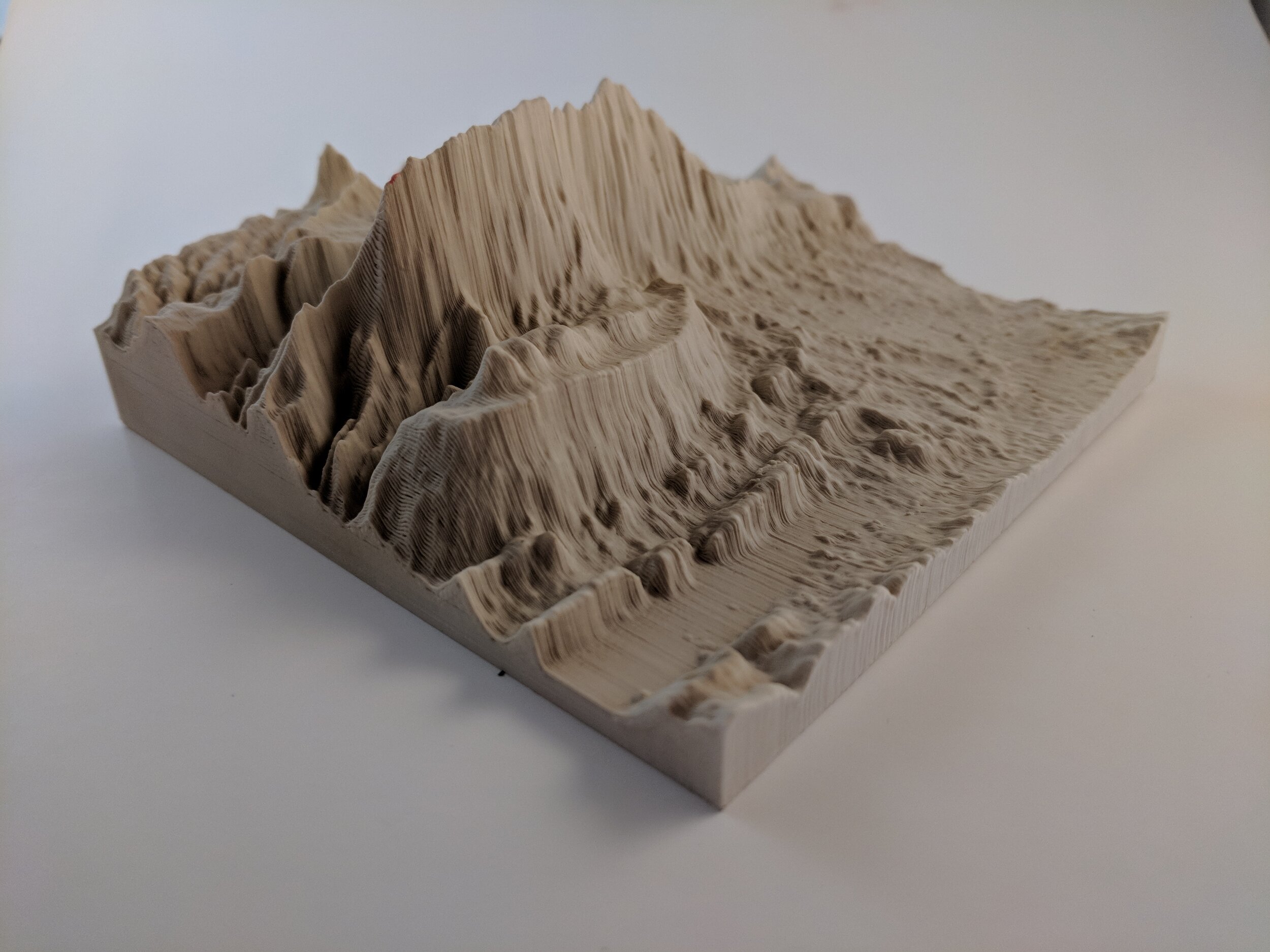Compact Ecology
(A) Rock Print: A Manistone—a freestanding 2.7-m-tall JAS (Ars Electronica Festival, 2017). (B) Diagram of the designed string pattern showing (a) the overlap distance between circular loops in a horizontal layer and (b) the overlap distance between circles from one layer to the other. Excerpt from ‘Load-Bearing Capacity and Deformation of Jammed Architectural Structures’ by Gergana Rusenova, Falk K. Wittel, Petrus Aejmelaeus-Lindstrom, Fabio Gramazio, and Matthias Kohler.
A Collaborative Research Project
Through the collaboration of Eric Jong and Ellen Sayers, Compact Ecology will explore the traditional technique of rock jamming using recycled concrete and novel technological approaches, including 3d printing and design. Both artists seek to expand their extensive experience working with these materials and processes in their roles as technicians at Melbourne University through an application to the Constant Ecology residency.
The primary research will be focused on a technique initially produced in 2017 by Gramazio Kohler Research, ETH Zurich, and the Self-Assembly Lab, MIT Germany. Their work on Jammed Architectural Structures (JAS) will be examined and applied to Compact Ecology to create 3D-printed fully reversible architectural elements composed of low-cost loose bulk material and string reinforcement. The material system utilises recycled string, crushed stone and concrete, if poured without any containment the stones naturally form a pile. Following the process developed in JAS the computationally determined placement of a single string is robotically placed to confine and transform the bulk material into a geometric structure.
Diagram of the buildup of JAS by successively
fabricating layers of (A) string and (B) gravel; the dashed
arrow marks the flow of the stones. Image from ‘Load-Bearing Capacity and Deformation of Jammed Architectural Structures’
Loading of JAS (1700 · 1000 · 2700 mm) with
concrete slabs (M= 2.6 t). JAS. Image from ‘Load-Bearing Capacity and Deformation of Jammed Architectural Structures’
The artists meeting on zoom
Undertaking this research project would allow the two artists to collaborate on an exploration of sustainable materiality through novel technology. Compact Ecology is a natural extension of the existing practices of the artists. In Ellen Sayers’ concrete and steel forms are undermined by their precarious and crumbling construction, examining our belief in personal control in relation to larger restrictive systems and governing bodies. Her works speak to architecture’s political history and the effects of time on the stability of both form and ideology. Similarly, Eric Jong’s work is driven by a desire to explore and visualise algorithmic processes as a strategy to speak to our relationship to intimate novel technologies. Compact Ecology, as well as being a complex and delicate construction, will be completely reversible will the pull of the single string, that undoes the whole work.












